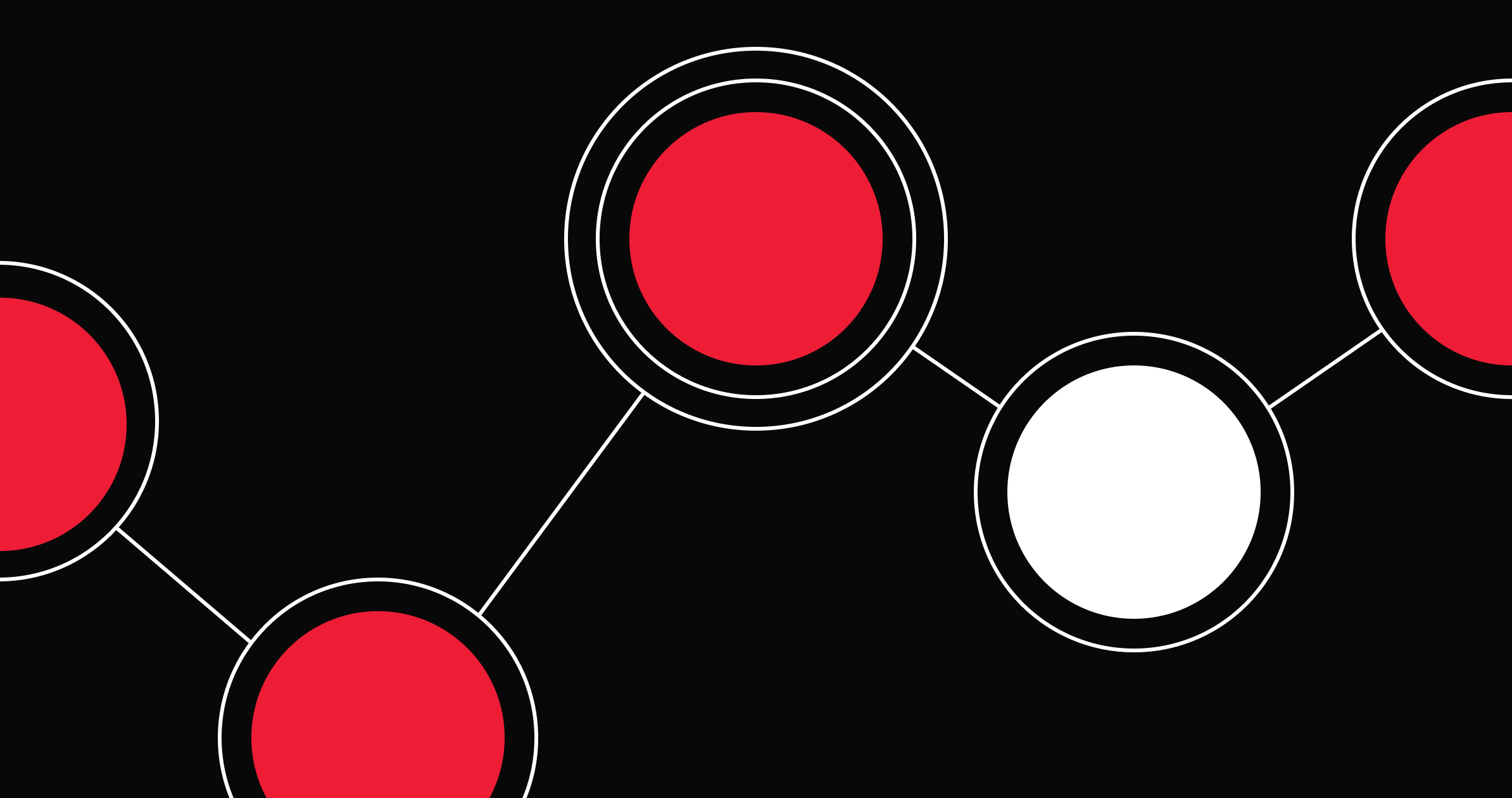Test marketing helps pinpoint customer preferences and pain points, preventing customers from feeling alienated by product launches that don’t meet their expectations.
Consumer behaviors fluctuate and are constantly influenced by new trends, technologies, and evolving values. Successfully navigating these shifts requires accurate and timely insights, particularly when launching new products or altering your brand direction.
Test marketing serves as that crucial feedback mechanism so you can adapt and pivot your strategies in real time to ensure each strategic move resonates with your audience, drives brand loyalty, and maximizes your return on investment.
What is test marketing?
Test marketing evaluates a product or service’s real-world appeal and potential for success by introducing your product, service, or campaign to smaller focus groups before committing to a broader release. It encompasses launching in specific markets, gathering sales data, collecting direct user input, and using A/B testing tools to refine an offering and enable teams to make data-driven decisions instead of relying on assumptions.
Ultimately, the purpose of test marketing is to minimize risks associated with larger rollouts, such as wasted resources, negative brand impact, or missed revenue opportunities, and align the final product or service with audience needs and expectations for more successful launches.
Advantages of test marketing
Test marketing offers businesses a strategic approach to navigating fluctuating markets. By assessing real-world reactions and gauging product fit, it becomes an invaluable tool for refining your offerings. Here are more advantages to conducting test marketing:
Gauge market response
Test marketing serves as a litmus test for your offerings in a real-world setting. It provides a nuanced understanding of customer behaviors, interests, and pain points. As you unveil products to various consumer segments, you learn how different demographics interact with your offerings. This lets you cater to their genuine needs and desires so you can create a resonant product or service.
One way to drill down into user preferences is A/B testing. By presenting two distinct versions of a product or marketing campaign, you gather direct feedback from actual customers. These tests don’t just measure surface-level engagement but delve deeper into user interactions. For example, while version A might attract more clicks, version B could have a higher conversion rate, revealing hidden user preferences.
Reduce risks
Introducing a new product or service to the market is inherently risky. Market dynamics, competitor actions, and consumer behavior shifts can all jeopardize an offering’s success. Test marketing mitigates these risks by gathering real-world reactions to identify misalignments with market expectations, product flaws, and usability issues. For example, while your offering might have a technically impressive feature, if it doesn’t cater to the actual needs or habits of the target audience, it might be redundant — or even counterproductive.
Test marketing also offers controlled environments to trial your offerings, allowing you to understand its strengths and areas of improvement, which prevents costly post-launch modifications. Beta and alpha testing conducted in controlled environments ensure the product’s technical integrity and alignment with user needs and preferences. By identifying and rectifying potential pitfalls and mismatches early on, you’ll have smoother and more confident product launches.
Refine marketing strategies
Test marketing enables proactive adjustment and refinement to marketing approaches by anticipating market fluctuations. It helps guide content creation — such as blogs, videos, or social media campaigns — and identifies nuances such as pricing and advertising strategies. For example, customer reactions might reveal that a particular ad engages more during specific times of the day or that a price point, while competitive, doesn’t align with perceived value.
As you gather this input, you can also fine-tune promotional tactics. You might discover that a particular promotional offer is more appealing to specific demographics or that a loyalty program generates more engagement than sporadic discounts. This lets you make strategic and responsive adjustments so you can maximize your return on investment (ROI).



















Webflow Enterprise
Trusted by over 300,000 of the world’s leading brands, Webflow Enterprise empowers your team to visually build, manage, and optimize sophisticated web experiences at scale — all backed by enterprise-grade security.
Types of test marketing
Each test marketing type offers unique findings and helps you make decisions rooted in data and authentic customer input. Let’s explore each variety’s strengths and how to best leverage them:
Controlled test marketing
In controlled test marketing, you have a carefully chosen audience in a defined environment, giving you a secure space to trial your strategies and offerings before a full-scale rollout. This method closely mirrors your selected focus group with your intended broader market to optimize data collection and analysis accuracy. By monitoring this group’s reactions and gathering live feedback, you can see how your product or marketing campaign might fare in a broader market environment and maximize its impact.
Simulated test marketing
Simulated test marketing recreates market conditions in an artificial environment. It leverages sophisticated tools like choice modeling, conjoint analysis, and virtual store environments to simulate consumer behavior. This enables better prediction of market reactions to proactively refine your strategies.
For example, you can forecast how consumers will react to a new product or campaign or reveal potential purchase trends and preferences across different customer segments — all without the resource or time constraints of involving customers in real-world testing. It’s cost-effective and quick, providing timely insights without breaking the bank.
Standard test marketing
Standard test marketing essentially soft launches your product or service in a carefully chosen geographic area that reflects the characteristics of your larger target market. It’s a traditional approach that lets you introduce your product — complete with distribution, shelf placement, advertising, and promotional efforts — as if it were a full-blown launch. Keeping the area contained ensures that critiques, data, and observations are manageable and actionable.
In this type of testing, you’ll select cities or regions that best represent your target demographics, buying patterns, and other essential metrics. After introducing the product, your team dives into detailed monitoring — tracking sales, collecting customer evaluations, and evaluating key success indicators.
By immersing your product into consumers’ daily lives, you gain an unfiltered and comprehensive understanding of its potential challenges and opportunities. This hands-on method enables dynamic optimization of your product, pricing, or marketing approach. When it’s time for a bigger regional, nationwide, or global launch, you can support your product launch with real-world knowledge and fine-tuned strategies.
When should you use test marketing?
Timing can make or break a product launch, and test marketing pinpoints that optimal window by offering timely feedback to shape crucial product and campaign decisions. Here are some examples of when deploying test marketing becomes invaluable:
Product or service launches
Launching a new offering thrusts you into unknown territory. No matter how innovative or unique your offering might be, its success hinges on how well it resonates with your audience.
Through test marketing, you gain insight into your target groups’ perceptions and interactions with your product. Beyond first impressions, you also uncover their underlying needs, motivations, and potential pain points. This enables you to tweak your product’s features, enhance its user experience, and calibrate its brand positioning to ensure market alignment.
New demographic or geographic market expansions
Venturing into new markets presents both opportunities and challenges. While market and user research lay the groundwork, test marketing actively gauges how receptive new markets are to your existing products and services. Strategies like simulated test marketing let you simulate this new landscape’s conditions and help you discern nuances like purchasing behavior, brand loyalty shifts, and local competitor strengths. With this in-depth knowledge, you’re prepared to optimize your expansion strategy and tailor it to the unique requirements and desires of the new audience.
Major marketing changes
As your brand grows and evolves, you might consider significant changes like a website rebrand, a renewed marketing strategy, or pricing adjustments. These transitions pose risks — minor misalignments can either catapult your brand or alienate your core audience — underscoring test marketing’s importance.
By trialing these changes within a controlled environment, you measure direct (or simulated) reactions on how audiences perceive new branding visuals, react to new pricing structures, or engage with revamped ad campaigns. This lets you hone your approach and ensure that when you roll out these significant shifts, they align with your audience’s values so you can maximize your brand’s potential and improve its market position.
Unlock your business’s full potential
Business success demands agility and data-driven insights. Test marketing provides the clarity to make informed decisions that align with your audience’s desires, but the platform you use to present your offerings is equally crucial. In a digital-first world, your website is your brand’s primary touchpoint, and Webflow offers you the tools and flexibility to create responsive, user-friendly sites that not only showcase your products but amplify the insights from your test marketing.
Use Webflow’s visual web development platform to create a website from the ground up without writing a single line of code, or browse thousands of responsive templates from our talented design community and adapt them for your brand’s site needs. For a more hands-on approach, visit Webflow University for free design courses and resources to learn how to build and design at your own pace. Whether you’re marketing a small business or growing your enterprise, Webflow has everything you need to succeed online.

Build with Webflow
Webflow Enterprise gives your teams the power to build, ship, and manage sites collaboratively at scale.































